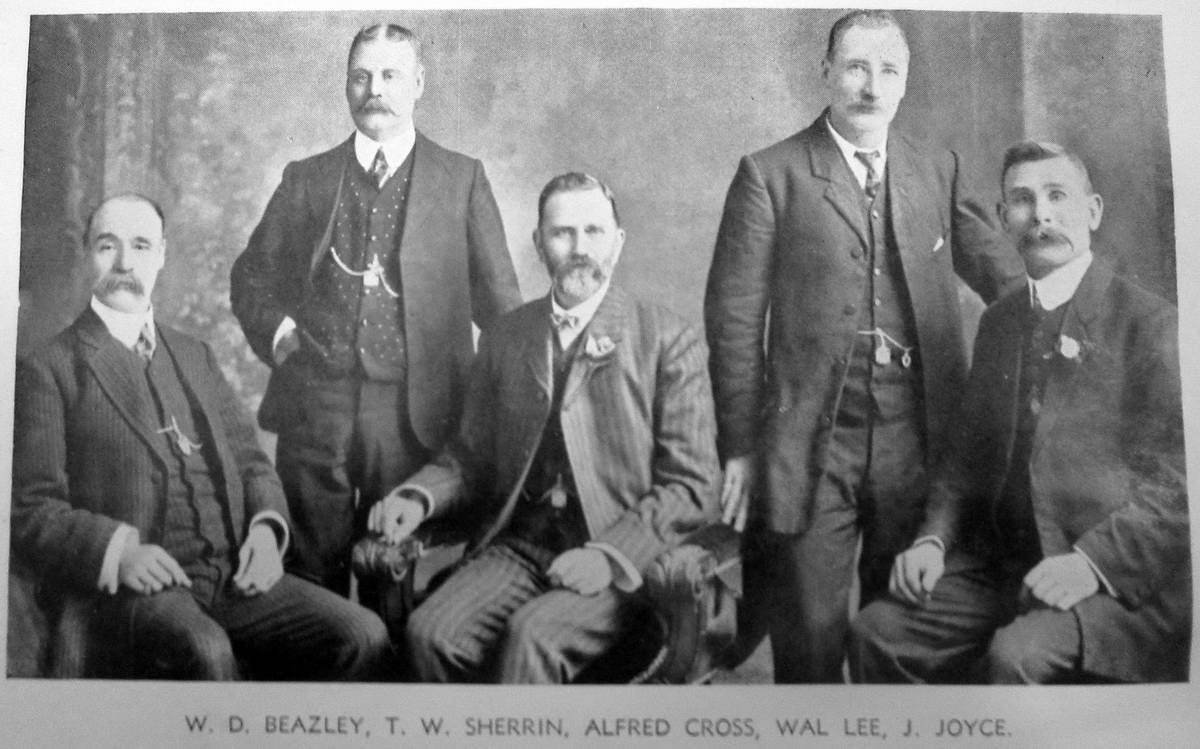Harry Hook
Team Captain
- Sep 30, 2016
- 375
- 119
- AFL Club
- North Melbourne
So what was the Fordham football.
It got glowing testimonials in 1908
http://nla.gov.au/nla.news-article57578871
The Argus of 1909 states that the VFA decided to use the Fordham football with the measurements set out.
http://nla.gov.au/nla.news-article10707114
So what was the Alcock football
It existed as this ad in 1912 in the Advocate shows:
http://nla.gov.au/nla.news-article170943323
It appears that there was indeed a miscellany of footballs from which the sherrin got through.
It got glowing testimonials in 1908
http://nla.gov.au/nla.news-article57578871
The Argus of 1909 states that the VFA decided to use the Fordham football with the measurements set out.
http://nla.gov.au/nla.news-article10707114
So what was the Alcock football
It existed as this ad in 1912 in the Advocate shows:
http://nla.gov.au/nla.news-article170943323
It appears that there was indeed a miscellany of footballs from which the sherrin got through.






